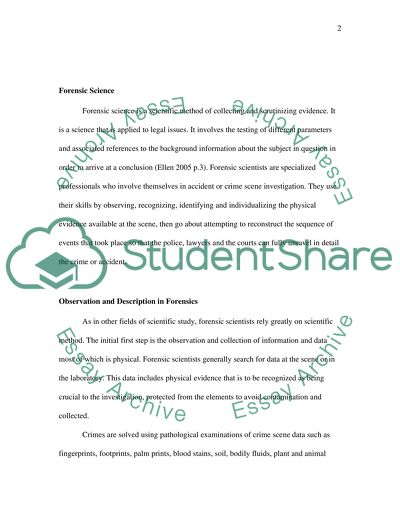Cite this document
(“Forensic Science Essay Example | Topics and Well Written Essays - 2000 words”, n.d.)
Forensic Science Essay Example | Topics and Well Written Essays - 2000 words. Retrieved from https://studentshare.org/miscellaneous/1522791-forensic-science
Forensic Science Essay Example | Topics and Well Written Essays - 2000 words. Retrieved from https://studentshare.org/miscellaneous/1522791-forensic-science
(Forensic Science Essay Example | Topics and Well Written Essays - 2000 Words)
Forensic Science Essay Example | Topics and Well Written Essays - 2000 Words. https://studentshare.org/miscellaneous/1522791-forensic-science.
Forensic Science Essay Example | Topics and Well Written Essays - 2000 Words. https://studentshare.org/miscellaneous/1522791-forensic-science.
“Forensic Science Essay Example | Topics and Well Written Essays - 2000 Words”, n.d. https://studentshare.org/miscellaneous/1522791-forensic-science.


